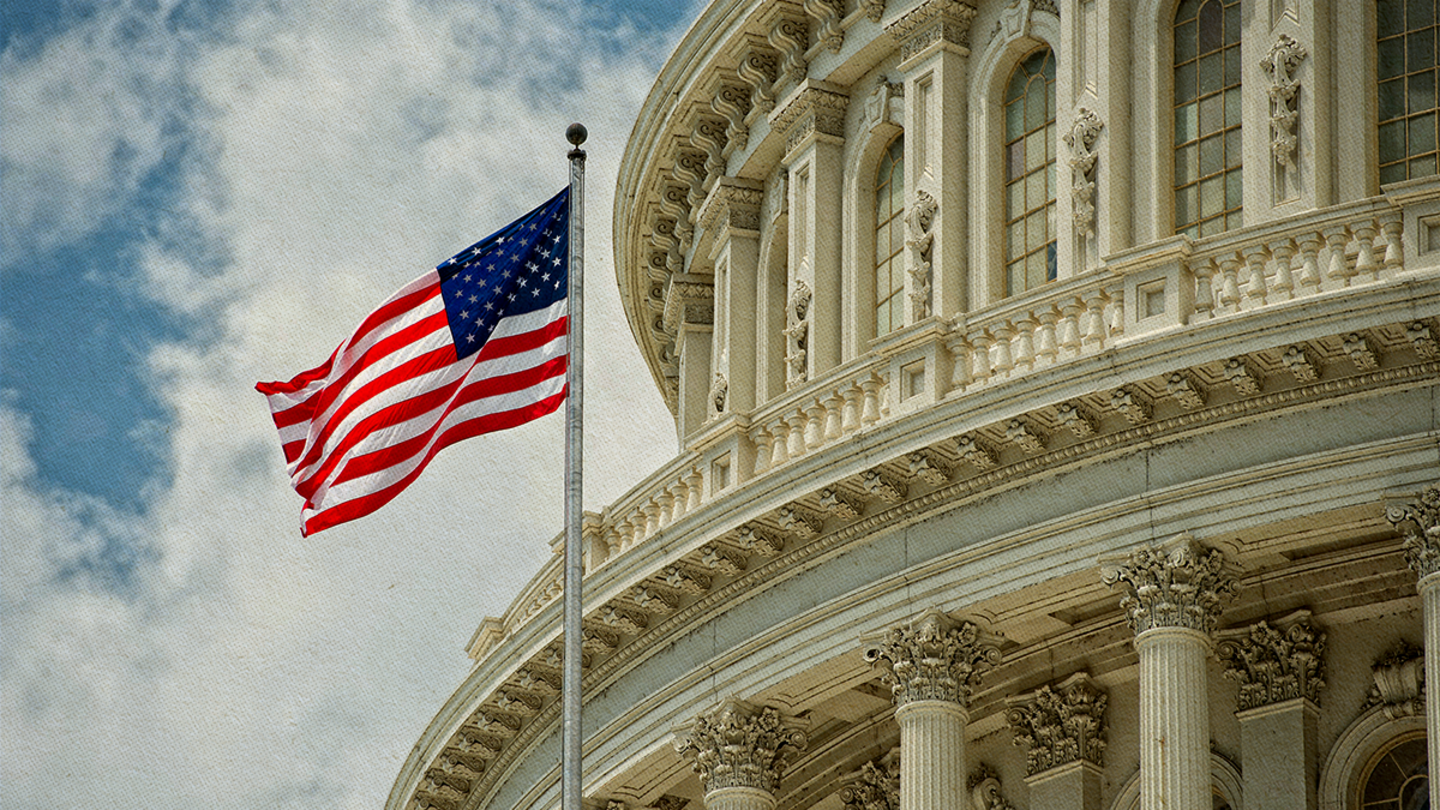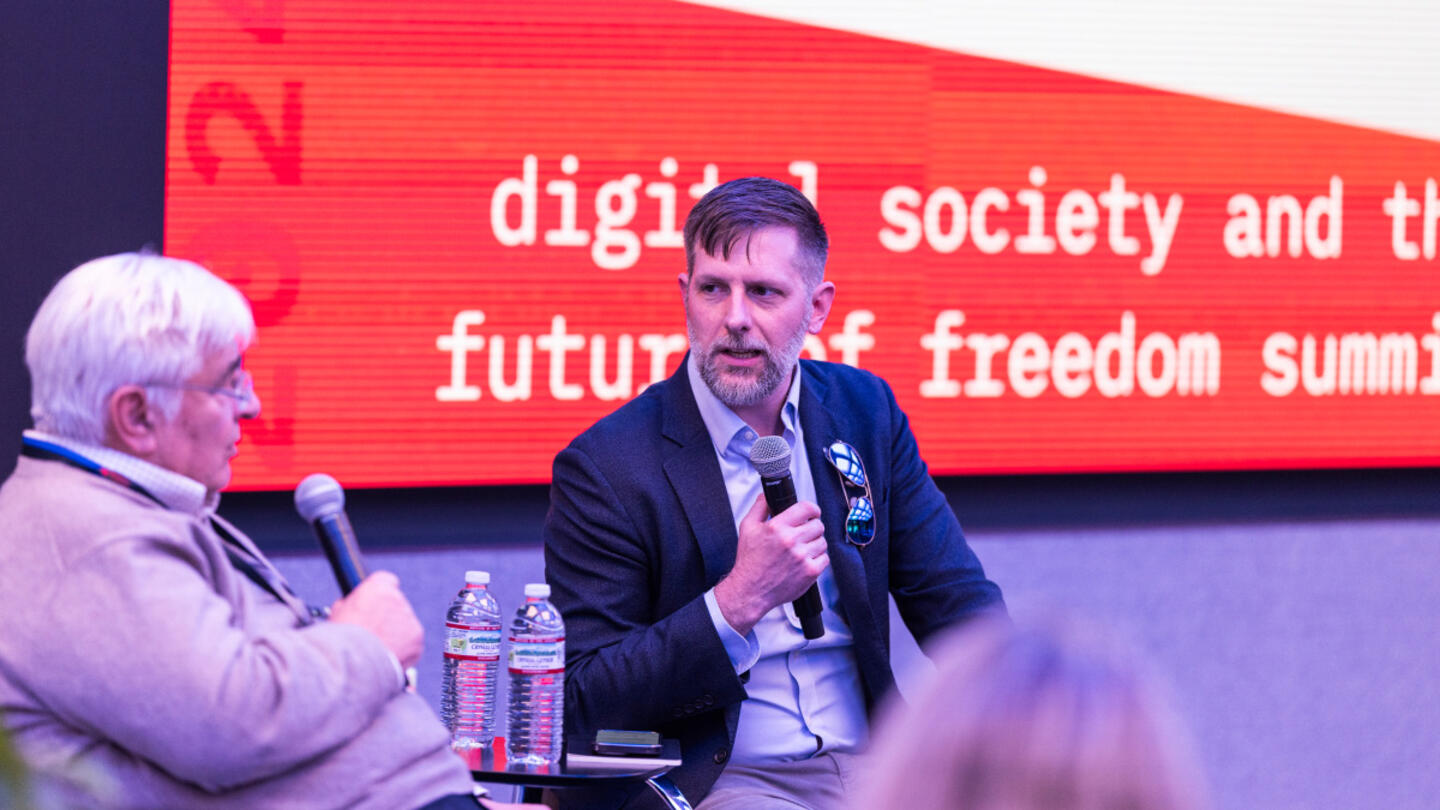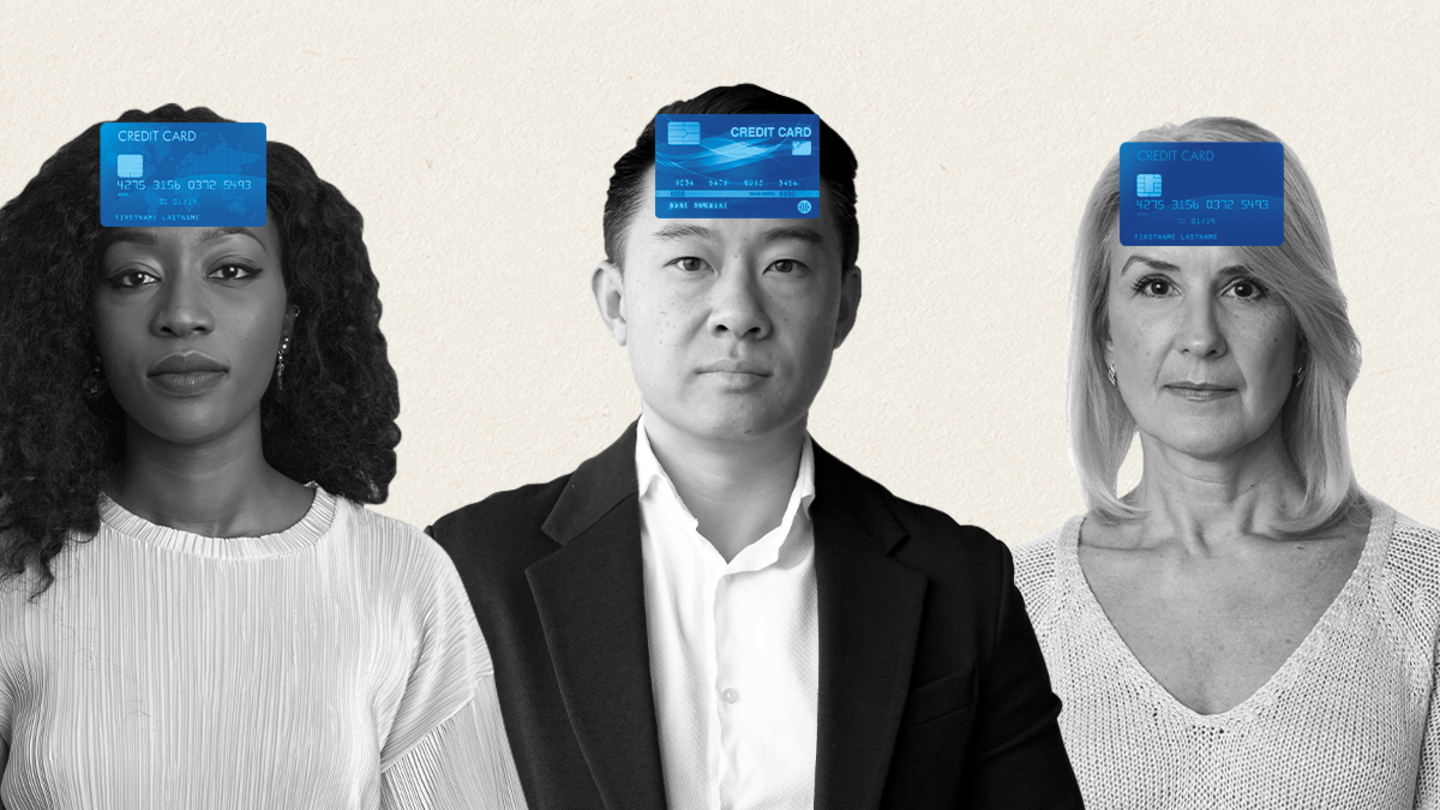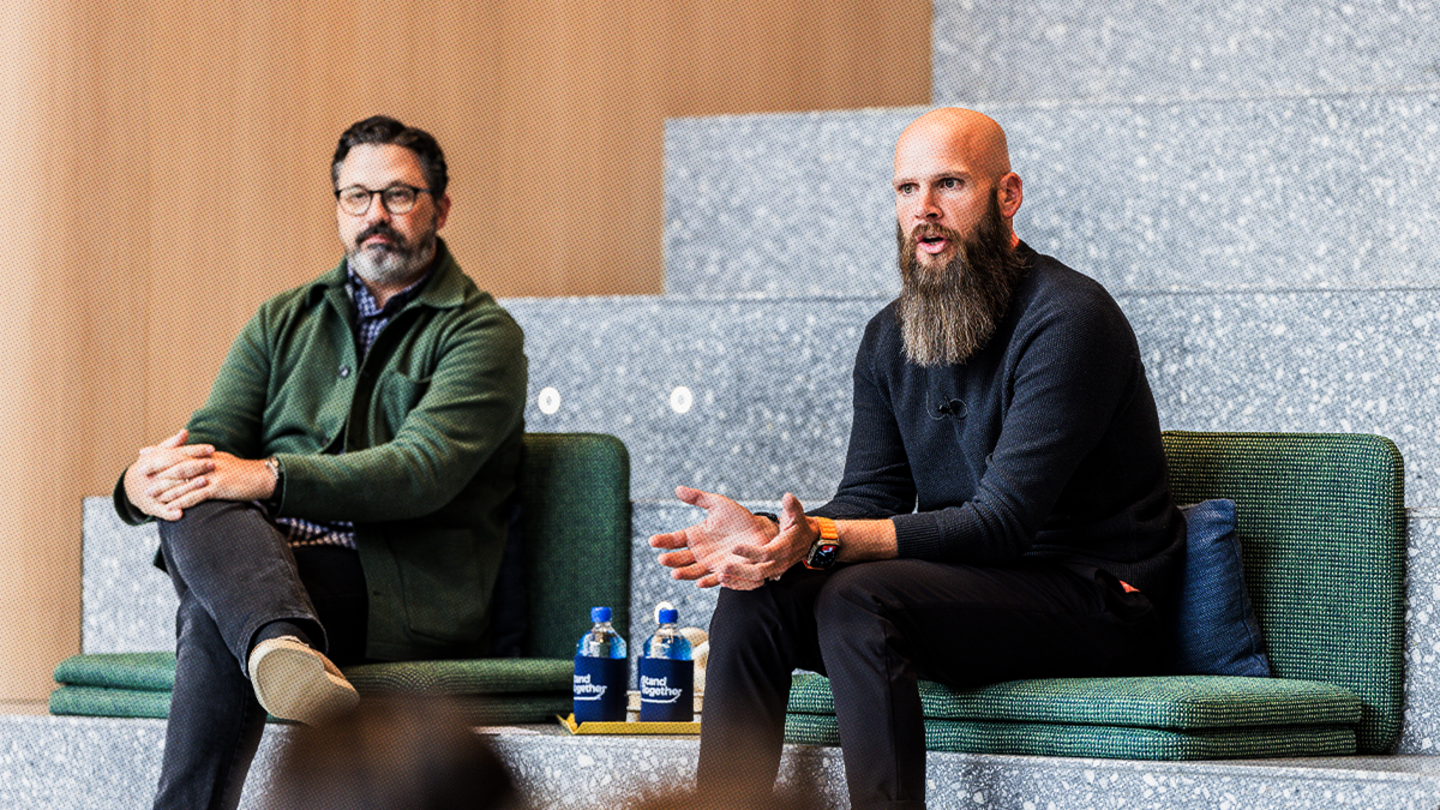America has invested over $22 trillion in the past 60 years to address issues like poverty, homelessness, and addiction, yet these problems persist. This stagnation highlights the importance of respecting each individual’s inherent dignity by shifting from top-down aid to solutions that empower people to develop their unique talents and contribute meaningfully to society.
Understanding trends in poverty and prioritizing long-term, positive outcomes focused on self-actualization and voluntary exchange are key to real change. These insights enable more informed, lasting solutions.
Understanding the current poverty level
The poverty rate in America reflects not only economic shifts but also broader social dynamics.
Here are six contributing factors that impact the shifting poverty level:
- Recent economic factors: Economic shifts, such as inflation and job market changes.
- Health care access and costs: High medical costs can push families into poverty, especially those without adequate coverage or chronic illnesses.
- Housing affordability: The lack of affordable housing leads to financial strain for low-income households.
- Wage stagnation: When wages don't keep pace with the cost of living, low-income workers struggle to escape poverty.
- Racial and gender disparities: Systemic inequalities often leave marginalized groups more vulnerable to poverty.
- Childcare availability and cost: The high cost of childcare can prevent parents from seeking employment, keeping families in a cycle of poverty.
Trends in the poverty rate over the years
Examining historical trends offers valuable insights into the factors driving poverty rates. Understanding these trends can inform strategies to mitigate poverty and foster economic growth.
Historical overview of poverty trends
Looking back over the last decade, the poverty rate has experienced both highs and lows. Economic recessions and recoveries have played a significant role in these trends. For instance, the recession in the late 2000s saw a spike in poverty levels, while subsequent recovery efforts helped reduce rates.
Impact of technological advancements
Technological advancements have also influenced poverty trends. While technology has created new opportunities and jobs, it has also led to job displacement in certain sectors. The digital divide further exacerbates these challenges, with many low-income families having limited access to technology.
Effect of global events
Global events, such as pandemics or international conflicts, can also impact poverty levels. These events can disrupt economies, leading to job losses and increased poverty. Understanding the interconnectedness of global and local factors is crucial for addressing poverty effectively.
Sign up for the Stand Together newsletter and get stories, ideas, and advice from changemakers to help you tackle America’s biggest problems.
How to break the cycle of poverty
Breaking the cycle of poverty requires more than charity — it demands innovative approaches that empower individuals and strengthens communities. To combat poverty, it’s essential to explore multifaceted approaches that address underlying causes.
Solutions must be tailored to the unique needs of different communities and involve collaboration among many people.
1. Enhancing employment opportunities
Creating more employment opportunities is essential for reducing poverty. This involves supporting small businesses, fostering entrepreneurship, and providing training programs.
The principle of mutual benefit emphasizes that both employers and employees benefit when opportunities are rooted in voluntary exchange — when individuals can apply their unique skills to create value for others.
When individuals experiencing homelessness are empowered through meaningful work, they not only achieve personal stability but also become active contributors in their communities, creating value that benefits society as a whole.
First Step Staffing helps those struggling with homelessness and poverty by helping them obtain gainful employment within 72 hours. So far, it has filled over 25,000 jobs. The organization helps people identify resources unique to their circumstances, from clothes to housing or transportation, and ensures that individuals can succeed not just immediately, but for years to come.
2. Focus on education and skill development
Education is vital to breaking the cycle of poverty, but a one-size-fits-all approach often falls short. By tailoring education to individual strengths and challenges, especially in underserved areas, students are more likely to succeed and develop the skills required to improve their economic prospects.
Positive Tomorrows, Oklahoma’s only accredited private school dedicated to children experiencing homelessness, offers a flexible curriculum that addresses both academic and emotional needs. Positive Tomorrows has delivered 200+ health check-ups, 900+ mental health services, and nearly 40,000 meals to support its students' well-being.
3. Challenge false assumptions about poverty
False stereotypes paint low-income families as unmotivated or financially irresponsible, which fails to recognize their inherent potential and dignity. Dignity requires that we see people not as problems to be solved, but as individuals capable of growth and contribution when given the opportunity. Shifting perceptions to acknowledge their resourcefulness and decision-making abilities builds respect and trust, empowering families to achieve stability on their own terms.
UpTogether (formerly Family Independence Initiative) is working to shift false perceptions of low-income families by trusting families with direct investments. This has led to a 22% increase in income after two years for these families. This approach contrasts with traditional aid programs by focusing on strengths rather than deficits, empowering families to make meaningful decisions and build sustainable futures for themselves.
4. Strengthening families and fostering support through community
When families in crisis receive community support, they can rebuild their lives instead of falling deeper into hardship. Communities that embrace diverse approaches can better address complex challenges and connect families to resources and social networks. Openness ensures these networks remain adaptive, fostering new ideas and partnerships that create lasting opportunities for success.
With the help of over 25,000 volunteers, Safe Families provides essential resources and support to parents facing homelessness. To date, Safe Families has helped place over 38,000 children in stable, temporary homes; 95% of these children reunite with their parents and avoid the foster care system altogether. Looking ahead, the organization aims to expand its model nationwide, providing families with an alternative environment of community support.
The path forward: breaking the cycle of poverty
Breaking the poverty cycle requires solutions rooted in respect and empowerment, enabling individuals to unlock their potential. When people are viewed as contributors to society, they’re more likely to pursue stable futures.
Through employment, self-empowerment, and collaborative community networks, environments can be created where everyone thrives, breaking poverty’s grip not just for today, but for generations to come.
Read more about fighting the poverty rate in America
- 76% of graduates to this nonprofit program leave homelessness behind for good.
- GatherFor is building community by organizing neighborhood support teams, acting as second families for those experiencing poverty.
- Friends of the Children breaks the cycle of generational poverty through long-term mentorship.
***
Learn more about Stand Together's efforts to make the economy work for all and explore ways you can partner with us.

Here are some issues the Department of Government Efficiency could target.

Only by using AI in real-world scenarios can we understand its capacity to address complex challenges

Credit scores don’t reflect the whole person. Here’s one way to change the narrative.

Fear of change is nothing new, but how we respond to this moment really matters.
